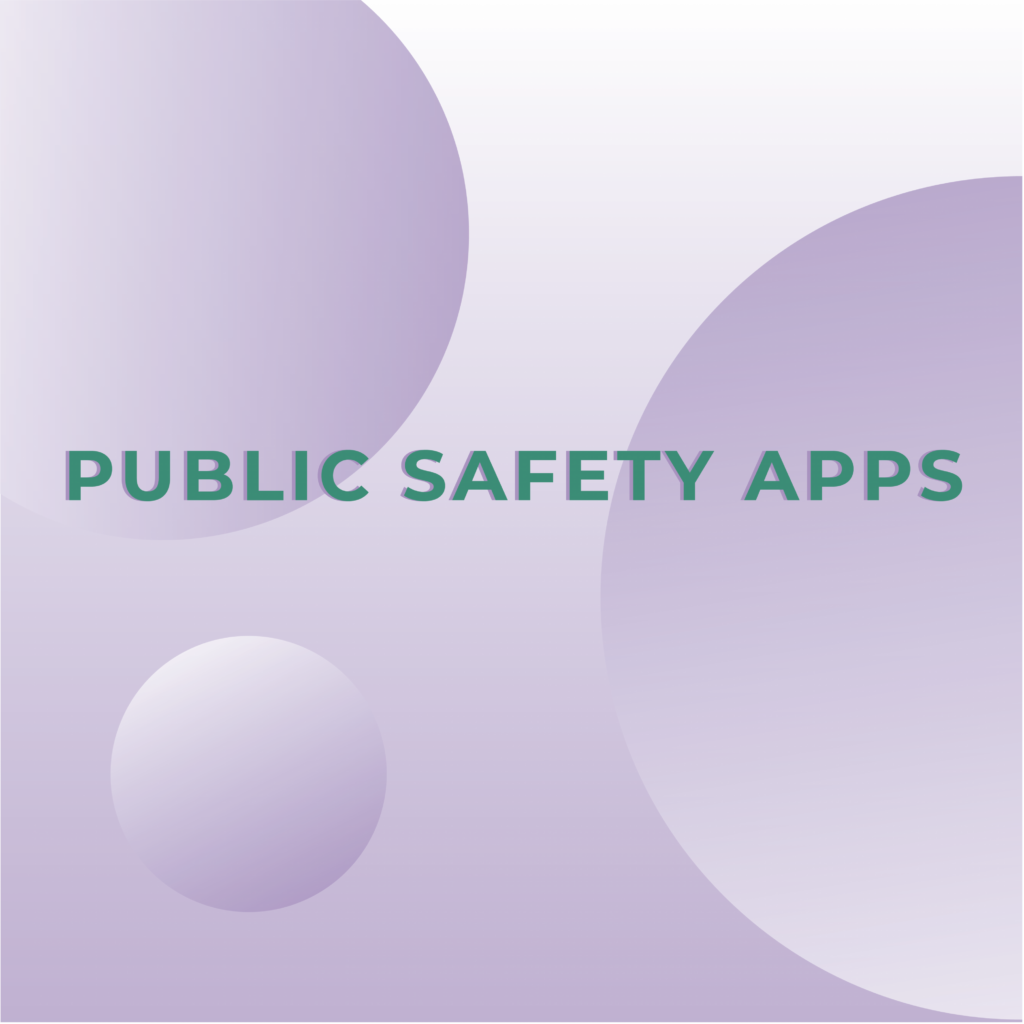We’ve heard a lot of conversation about emergency applications that reach 911 on social media platforms lately, especially on places like TikTok. Both influencers and everyday users are sharing 911 apps that make claims about reaching first responders, and though we know about a lot of apps that really can help 911 help you, the industry still relies on phone calls to 911. These third-party emergency apps sometimes make misleading promises or don’t have a full understanding of how 9-1-1 works.
Most 911 public safety answering points (PSAPs) are on an enhanced 911 system, which just means they uses analog technology instead of IP-based technology. That’s sort of like comparing a digital watch to a smartwatch. Both can tell you the time, but a smartwatch can do a whole lot more. To utilize most of the emergency apps advertised, PSAPs need to be on a Next Generation 911 system, which does use IP-based technology. Though the transition to Next Generation 911 is in progress, not every community has access to the technology that makes 911 apps useful.
Unfortunately, many app developers don’t know about the complexities of 911, or they’ve developed workarounds that may or may not assist you during an emergency. This is because too many variables exist to guarantee that an emergency app will get you the help you need. We’ve noticed a lot of misleading information advertised by some of these app developers, so here’s some language we think you should watch out for before downloading an emergency app.
Emergency Apps that claim to connect you “directly to 911 or a first responder”
911 routing is complicated, and to make this claim true app developers would have had to reach out to subject matter experts and organizations like the National Emergency Number Association, the Association of Public Safety Communications Officials, or their local 911 authority.
Most likely, these apps utilize third party call centers before dialing 911, and a lot of the time those third party centers reach out to law enforcement through your local PSAP’s administration lines. That’s the 10-digit number a police department or sheriff’s office uses for administrative purposes. Though these lines do reach 911 telecommunicators, they won’t be prioritized the way a call made through the 911 line would be and they will not have location or call back information. When you’re in a life-threatening emergency, you don’t want to be waiting on the admin line. Plus, sending you to a third party call center adds another step in the emergency response process and that slows things down. Seconds matter during emergencies.
Some of the apps utilize the in-house dialing feature on your phone, so they are calling 911 directly. But that works the same as dialing 911 on your own and it might even be faster for you to dial directly in the first place.
Many emergency apps claim to connect you directly to a first responder, but that’s only if the first responders in your area have downloaded the app as well. There’s no mandate or enforcement to ensure first responders across the country or in your state use a specific emergency app, so double check with your local law enforcement or emergency service providers that they regularly check the emergency app you’re looking to download. Sometimes, first responder services have to pay to use the app and so choose not to, or they are unable to add another variable to their preexisting response policies.
Any “Certified” Emergency App
A certification for a public safety or emergency app doesn’t exist, at least not through any official 911 entity. We’re not sure what certification these apps are talking about, but we do know that the organizations with the authority and knowledge to create a certification for emergency apps haven’t done so yet. These organizations include NENA and APCO.
Both organizations are aware of the rise in popularity for emergency apps and are looking into creating a standardization for developers. Neither of these organizations have released a certification process.
Emergency Apps that “stream live video or multimedia” into 911
There are tools that can stream video or send photos to 911, but not every PSAP has access to them. Most PSAPs can’t accept multimedia at all due to being on an enhanced 911 system.
Some vendors have developed a way for 911 to send a text message containing a link to your device that you can click to send video or your location to the 911 call taker. However, this process does not require you to download anything (though it may be necessary to change your settings). This makes this feature accessible to anyone who dials 911 with a smartphone, rather than limiting it to those who use a specific app.
Emergency apps are on the rise, and the 911 industry is keeping a close eye on them. We anticipate a continued interest from the public, but we encourage you to do your research first and make sure these apps function as useful tools and are not just flashy gadgets. As of today, the best way to reach 911 is with a voice call, but who knows where we’ll be in the future?

